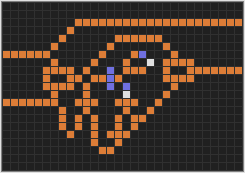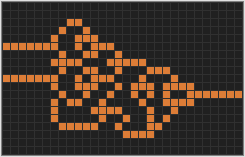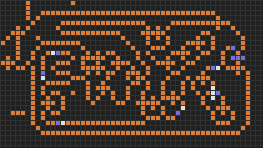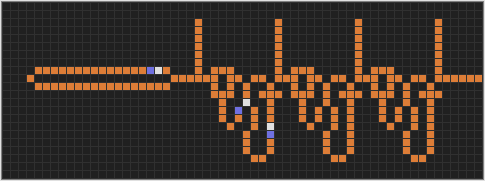
Classic master clock module
The master clock module produces clock signals at regular intervals.
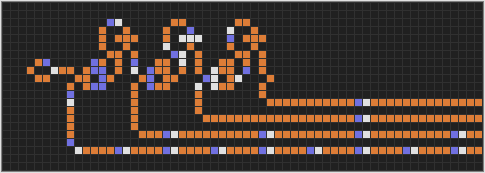
This master clock module has a new design and contains a 6-cycle clock device on the left with three divide-by-2 devices on the right. Here the divide-by-2 devices employ a positive-edge-detector device. Used as a chain, the first divide-by-2 device divides the clock by 2, the second divides the clock by 4 and so on.
The four output wires at the bottom indicate the consecutive signals. This master clock module ticks the first (bottom) output wire after 6 generations, the second after 12 generations, the third after 24 generations and the fourth (top) output wire after 48 generations.
The clock device on the left must run a 6-cell-based cycle, so 6, 12, 18, 24 etc do all qualify. The master clock module uses the divide-by-2 devices to slow down the clock frequency without taking up a huge amount of space.
For example, if you need a signal every 1.344 generations, you can use a 42-cycle clock with 5 divide-by-2 devices. Because 2^5 = 32, and 32x42 = 1.344.

